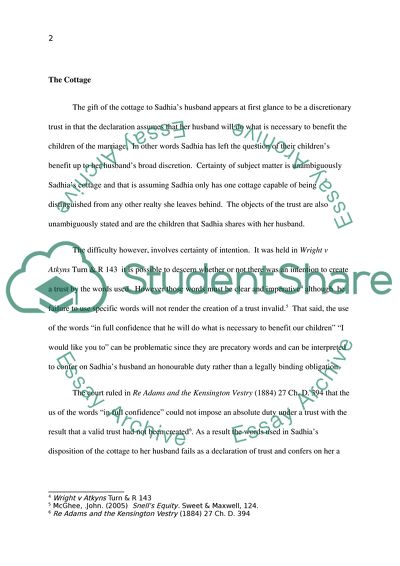Cite this document
(“Equity and trusts Essay Example | Topics and Well Written Essays - 3000 words”, n.d.)
Equity and trusts Essay Example | Topics and Well Written Essays - 3000 words. Retrieved from https://studentshare.org/miscellaneous/1549434-equity-and-trusts
Equity and trusts Essay Example | Topics and Well Written Essays - 3000 words. Retrieved from https://studentshare.org/miscellaneous/1549434-equity-and-trusts
(Equity and Trusts Essay Example | Topics and Well Written Essays - 3000 Words)
Equity and Trusts Essay Example | Topics and Well Written Essays - 3000 Words. https://studentshare.org/miscellaneous/1549434-equity-and-trusts.
Equity and Trusts Essay Example | Topics and Well Written Essays - 3000 Words. https://studentshare.org/miscellaneous/1549434-equity-and-trusts.
“Equity and Trusts Essay Example | Topics and Well Written Essays - 3000 Words”, n.d. https://studentshare.org/miscellaneous/1549434-equity-and-trusts.


